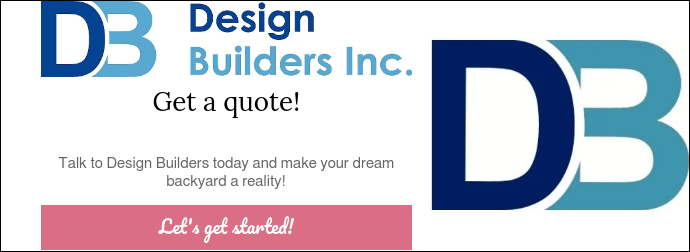
In the evolving world of construction, few innovations have made as much of a practical impact as helical piers. Originally developed in the 19th century for lighthouse foundations, these deep-ground anchors have recently surged in popularity, particularly in residential and light commercial applications. One of the industries most affected by this technology is deck building, where helical piers are rapidly becoming the preferred alternative to traditional concrete footings.
But their influence doesn’t stop there. Helical piers are changing the way contractors think about structural foundations across multiple sectors — and they’re poised to disrupt the concrete industry in a very real way.

What Are Helical Piers?
Helical piers, sometimes called screw piles or helical piles, are steel shafts with helical plates that are screwed into the ground to provide foundational support. Unlike poured concrete footers, they don’t require excavation, curing time, or large-scale soil disturbance. The result is a faster, cleaner, and stronger alternative to traditional footings.
Why Helical Piers Are Better Than Traditional Concrete Footers
Here are three key reasons why helical piers are outpacing concrete in modern decking projects:
• Speed of Installation
Concrete footers require digging, forming, pouring, and curing — a process that can take days or even weeks depending on weather conditions. Helical piers can be installed in a matter of hours. A typical residential deck may be fully supported by helical piers the same day the crew arrives.
• Unmatched Load-Bearing Capacity
Helical piers are engineered to reach load-bearing soil deep below the surface, making them highly reliable even in poor or inconsistent soil conditions. Their strength is confirmed during installation through measurable torque, providing immediate verification of load capacity — unlike concrete footers, which can fail if not poured properly or if the soil settles.
• All-Weather, Low-Impact Installation
Because they don’t rely on curing or weather-sensitive materials, helical piers can be installed in any season — even in wet or frozen conditions. The process is minimally invasive and doesn’t churn up the yard or landscaping like traditional footer digging. This is especially valuable for homeowners who want their deck installed without their yard becoming a construction zone.

A Game-Changer in the Decking Industry
For deck builders, the advantages are clear: helical piers streamline workflow, improve jobsite cleanliness, and provide a premium selling point to customers who want lasting, code-compliant stability without the hassle of concrete. They’re ideal for sloped yards, clay-heavy soils, and areas with strict building codes.
Even in areas with frost heave concerns, helical piers shine — they’re driven well below the frost line, preventing the seasonal shifting that plagues many traditional footings.
Decks built on helical piers also offer long-term peace of mind. There’s no risk of rot, cracking, or shifting that can happen with improperly installed concrete. And since there's no need for inspection wait times during footer pouring, the entire project can be completed faster, resulting in happier clients and better project turnover.

How Helical Piers Are Disrupting the Concrete Industry
As the popularity of helical piers grows, the concrete industry is feeling the ripple effect. Fewer deck builders, home addition contractors, and light commercial developers are relying on poured concrete footings, especially in renovation or retrofit projects where time and access are limited.
Here’s why the shift is gaining momentum:
• Efficiency Trumps Tradition
Concrete has long been the default choice due to its familiarity and accessibility. But in today’s fast-paced, results-driven construction environment, contractors and clients alike are looking for smarter solutions. Helical piers deliver just that: strength, speed, and savings on labor.
• Adaptability to Modern Building Challenges
Helical piers are often the only viable option for tight job sites, remote locations, or environmentally sensitive areas where excavation is restricted. This adaptability is carving out a space where concrete simply can’t compete.

• Environmental and Structural Advantages
The low-carbon footprint of helical piers (no cement mixing, minimal soil disruption, less heavy machinery) aligns well with the growing demand for green building practices. Meanwhile, the structural reliability of piers in adverse soil conditions is giving engineers and architects more confidence in their long-term performance — something the concrete industry will have to reckon with.
The Future Is Screwed (In a Good Way)
The age of the helical pier is here — and it’s not just a passing trend. It’s a foundational shift in how we build. For decking professionals, helical piers represent a smarter, faster, and cleaner way to create beautiful, long-lasting outdoor spaces. For the broader construction world, they’re a signal that innovation can challenge even the most entrenched practices, including the dominance of concrete.
Design Builders is a leader in helical pier installation. Talk to us today and see how, by having Design Builders install helical piers on your next decking or porch project, we can save you time and money.

